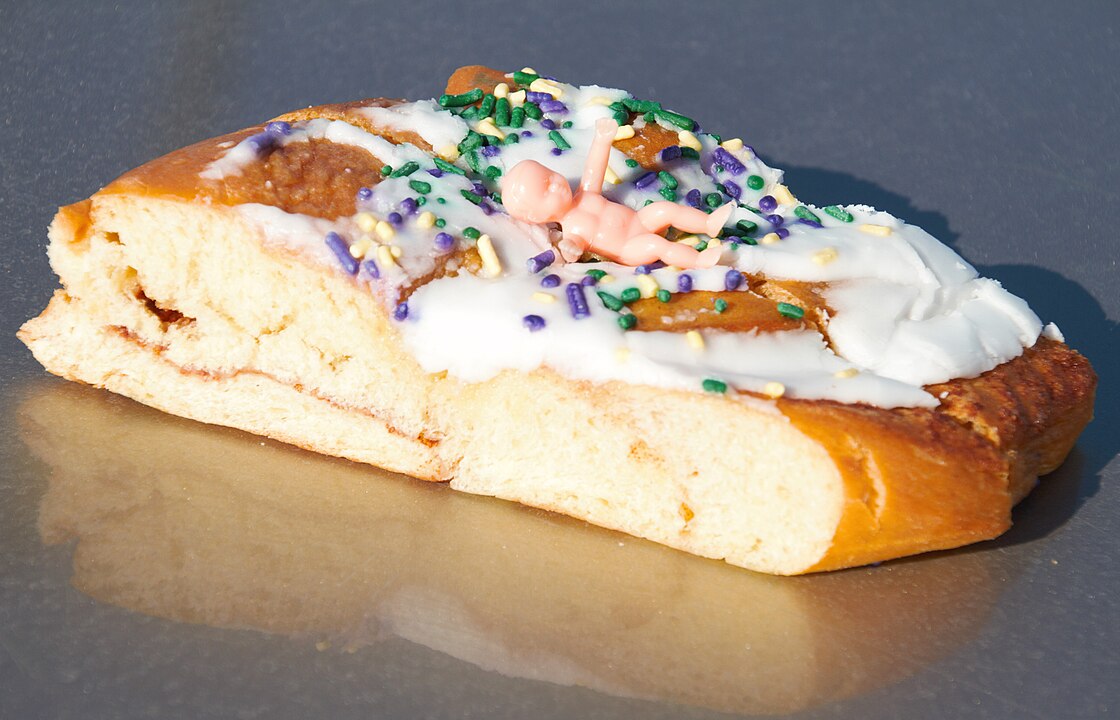American snacking has never been shy about sugar, salt, novelty, or risk, but some treats crossed lines science, law, or public outrage refused to ignore. Over decades, regulators chased choking hazards, suspect dyes, narcotic-level buzz, and endangered species hiding in casual bites. Patterns emerge: each ban captures a moment when evidence sharpened or fear spiked, and a bright, tempting snack suddenly became a test of how much danger the country will tolerate. Taken together, these stories trace a messy, revealing conversation between appetite, safety, and power.
Kinder Surprise Eggs
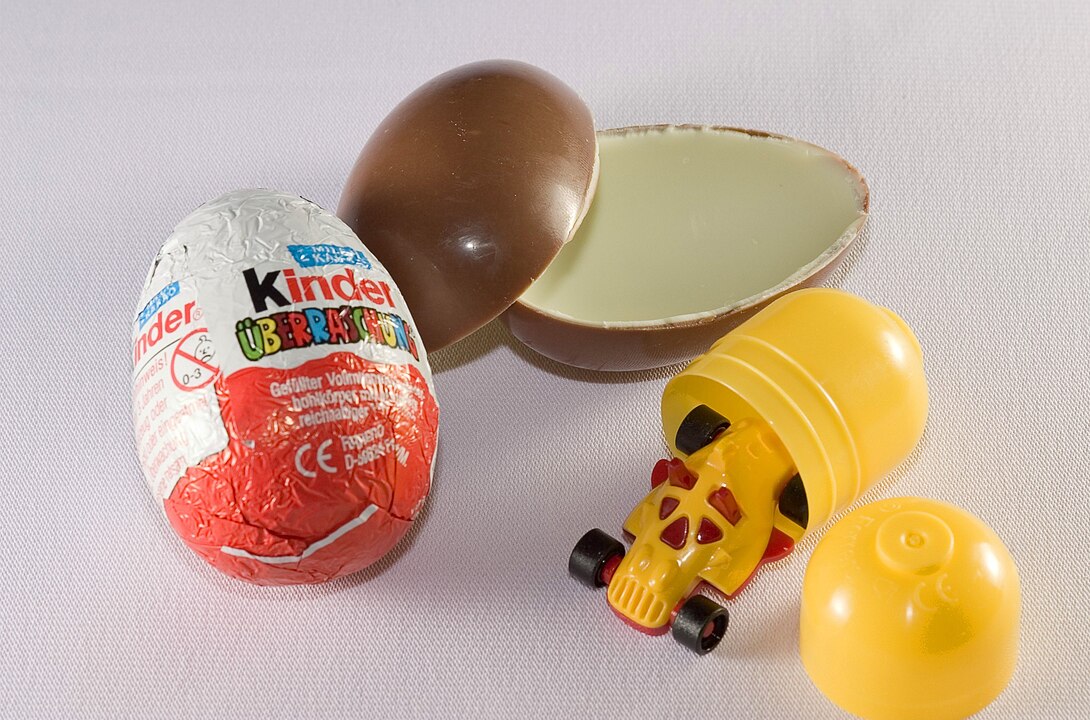
Kinder Surprise eggs fuse a chocolate shell with a hidden plastic capsule, the exact combo U.S. law flags as unsafe. Because the nonnutritive toy sits sealed inside and can slide straight down a small throat, regulators classify the classic version as a choking threat and block imports. Border agents have confiscated thousands, fueling stories of seized souvenirs, while the reengineered version that separates toy and candy carefully skirts the ban.
Konjac Mini-Cup Jelly Candies
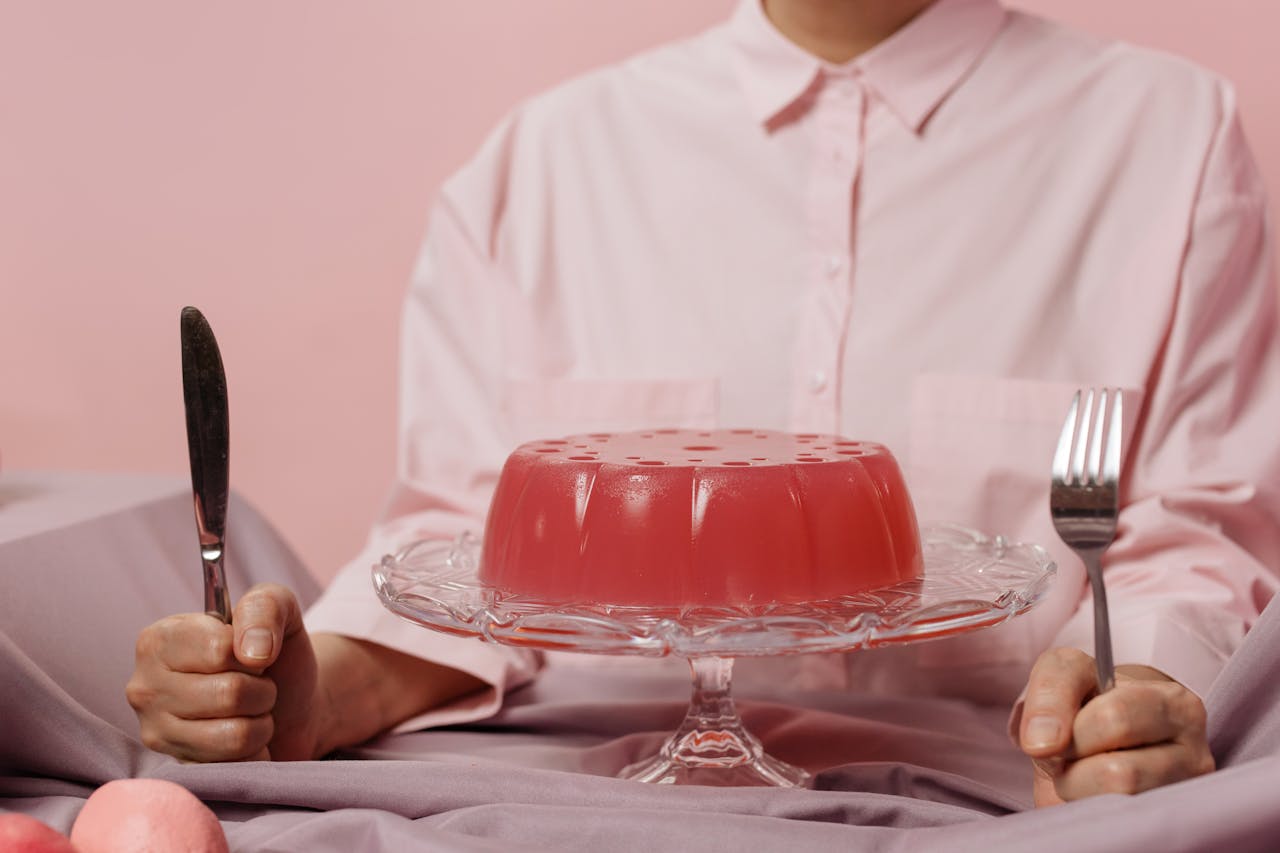
Konjac mini-cup jellies looked like harmless fruit shots, but their firm, rubbery gel barely dissolved and lodged cleanly in airways. After multiple choking deaths and near misses, especially among children, the FDA issued public warnings and an import alert targeting the tiny cups, effectively wiping them from U.S. shelves. Larger formats and reformulated gels survived, while the original bite-sized bullets became a case study in how texture alone can turn a snack into a lethal gamble.
Tonka Bean Desserts
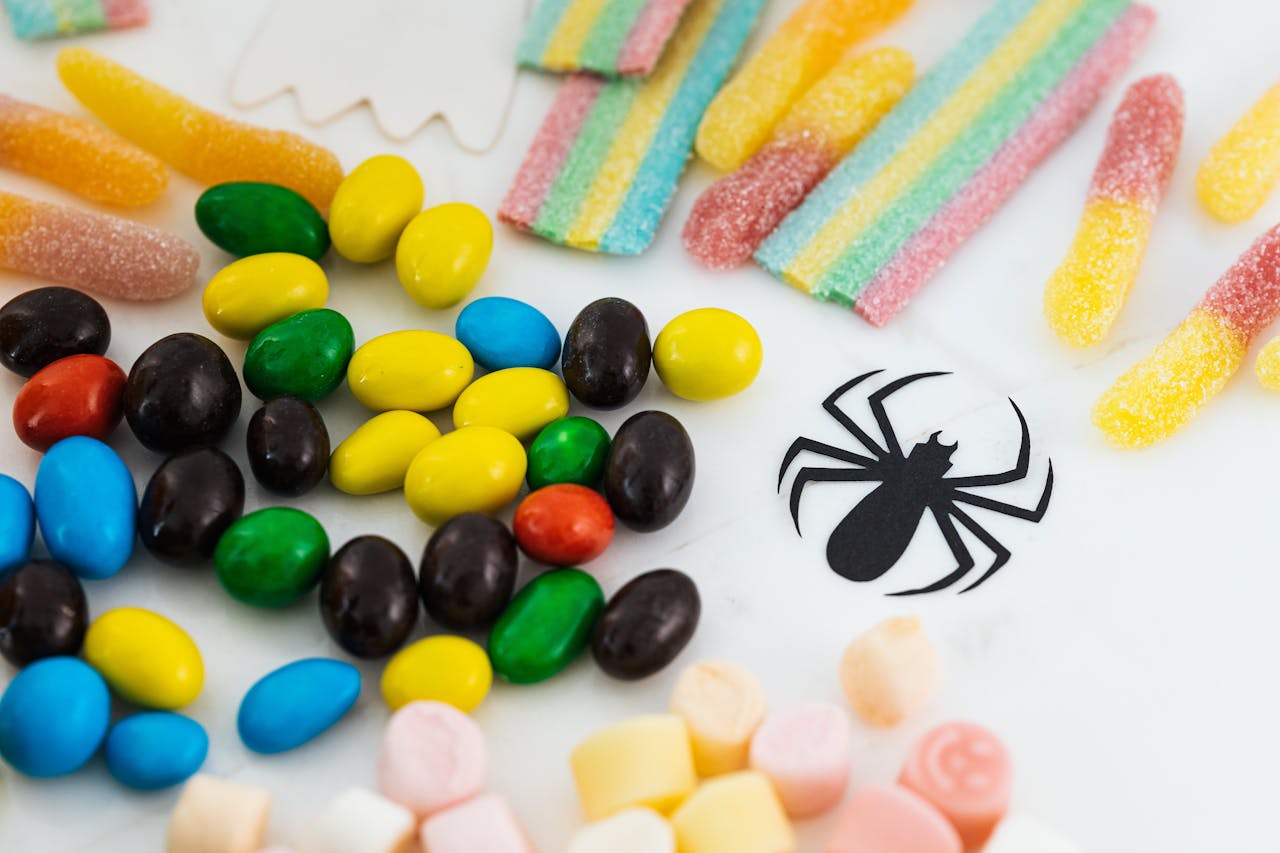
Tonka bean desserts tempted chefs with lush vanilla and almond notes, then ran into toxicology data that refused to budge. High coumarin levels, linked in animal studies to liver damage, led the FDA to ban tonka as a food ingredient, pushing it into perfumes and underground menus instead. Confiscated beans and whispered custards turned this aromatic seed into a quiet symbol of how aggressively America can police certain flavors.
Red No. 3 Candy Classics

Red No. 3 once painted snack cakes, gummies, and neon cherries across the country. Cancer findings in male lab rats and years of advocacy finally aligned, and regulators moved to revoke its use in foods, forcing companies toward less controversial shades. Most shoppers will never link a missing pink glow to one pigment, but its slow exit shows how long it can take to push a suspect additive off the shelf once it is woven into childhood treats.
Lazy Cakes Melatonin Brownies
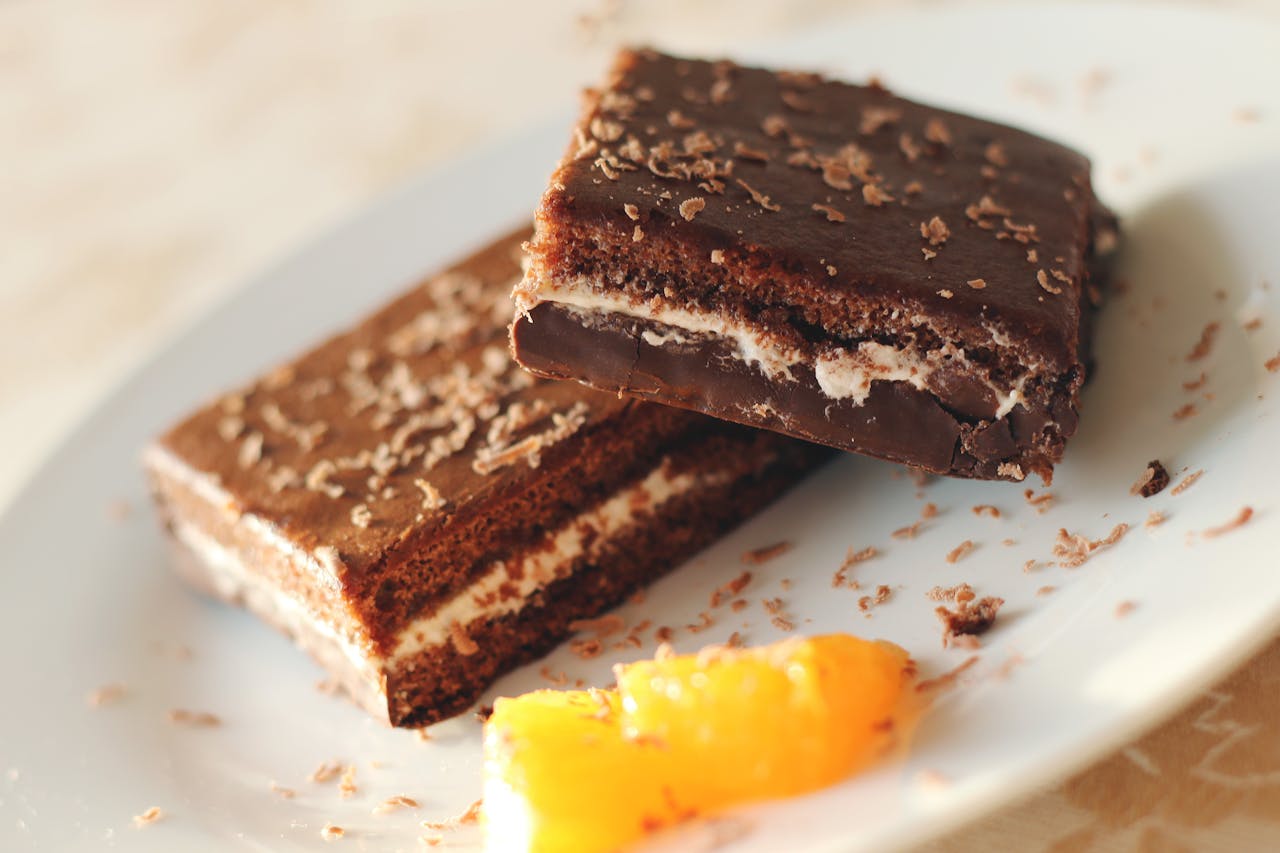
Lazy Cakes melatonin brownies blurred the line between dessert and supplement, wrapping heavy hormone doses in cartoonish packaging that critics said appealed to kids. Reports of children eating several at once and ending up in emergency rooms spurred local bans and a sharp federal warning about melatonin as a food ingredient. Rebrands and label tweaks followed, but the story still circulates as a warning about hiding pharmacology inside something that looks like an ordinary brownie.
Original Caffeinated Four Loko
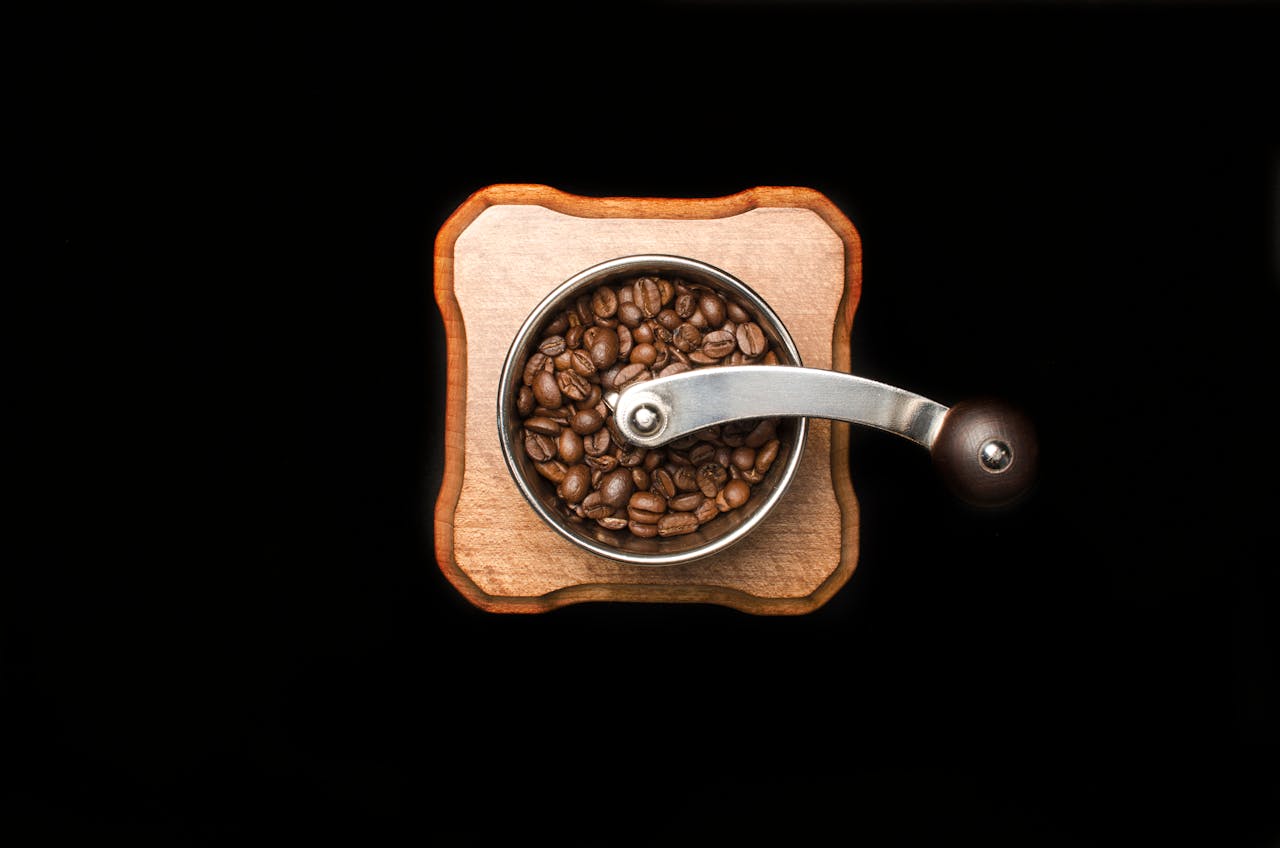
Original Four Loko stacked high alcohol, sugar, and caffeine into one tall can that arrived preloaded with legend. After clusters of hospitalizations and pressure from states, the FDA flagged added caffeine in alcoholic drinks as unsafe, and attorneys general pushed the company into reformulation. The stimulants vanished, black-market hoarding kicked in, and the outlawed blend settled into campus folklore as the chaotic peak of the caffeinated alcohol experiment.
Brominated Vegetable Oil Sodas
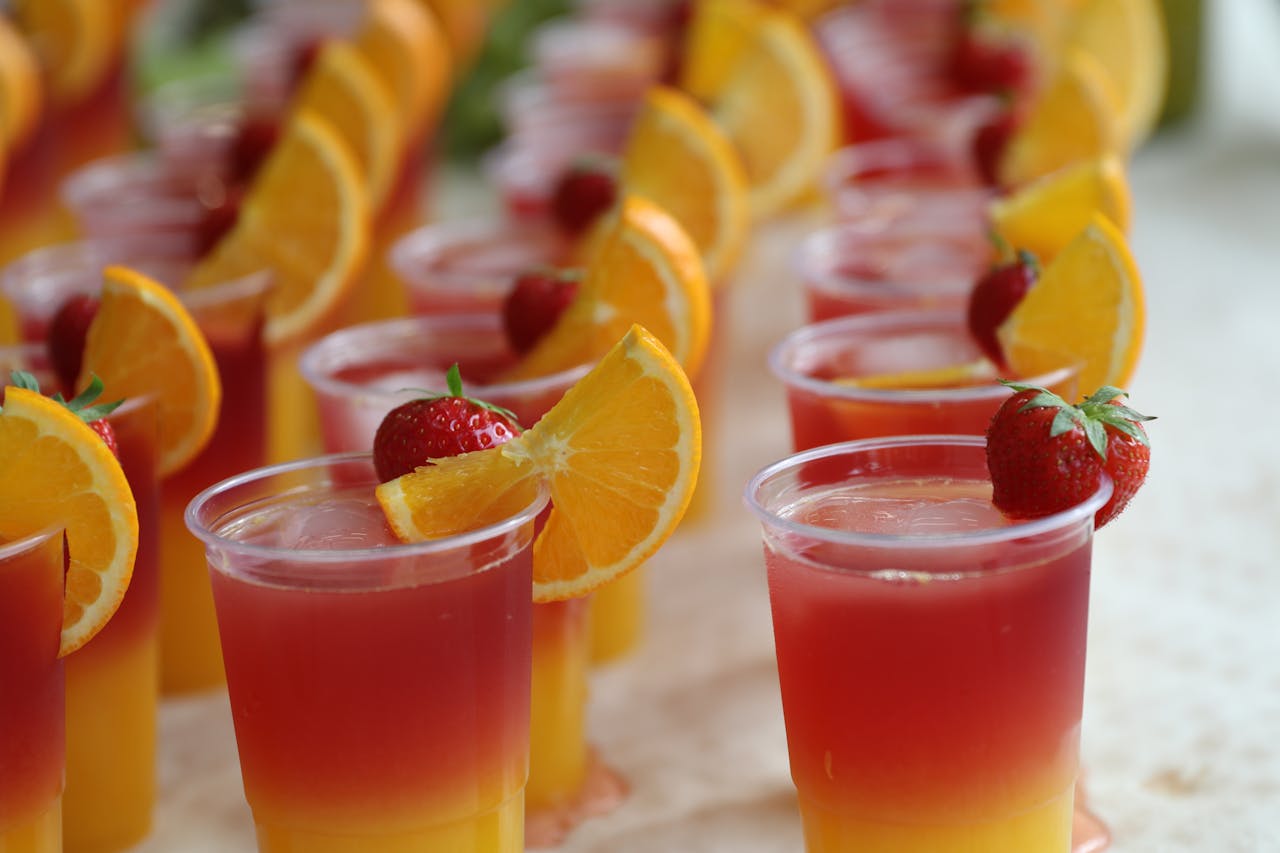
Brominated vegetable oil once quietly kept citrus soda flavor evenly suspended while consumers skimmed past its name. Studies showing BVO accumulating in tissue and raising toxicity concerns tipped the scales, and in 2024 the FDA revoked its authorization, giving brands a clear signal to drop it. Most drinkers never noticed the switch, yet that silent reformulation marked the end of a decades-long gamble on a lab-stabilized lemon fizz.
Silver Dragees On Desserts
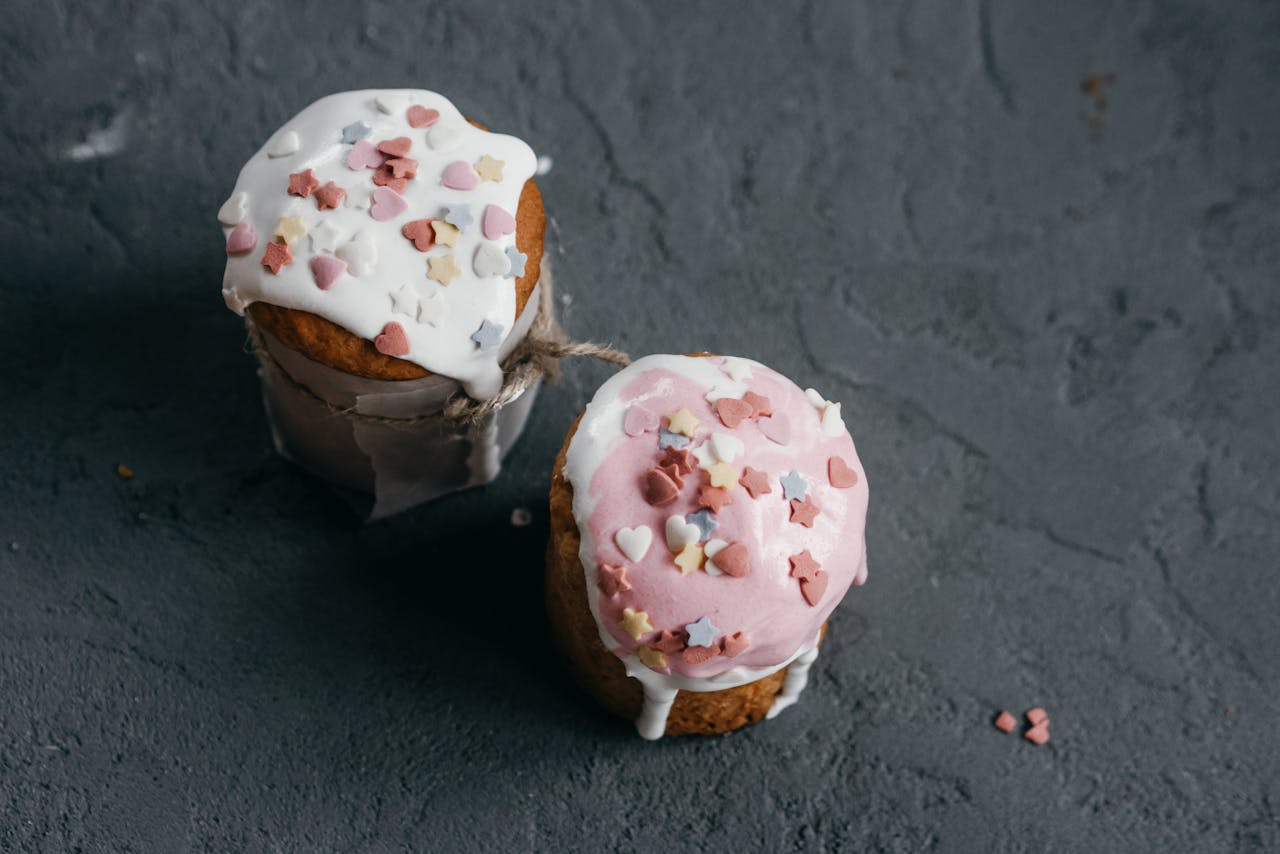
Silver dragees shine on wedding cakes and Christmas cookies, but federal guidance treats real silver as a decorative material, not an approved food additive. Lawsuits and agency opinions pushed sellers to label them as inedible, creating the odd ritual of placing candy-like beads that should not actually be eaten. The result is a nostalgic ornament stuck in legal limbo, where aesthetics win a narrow exception and every bite is officially discouraged.
Old-School Sassafras Root Beer
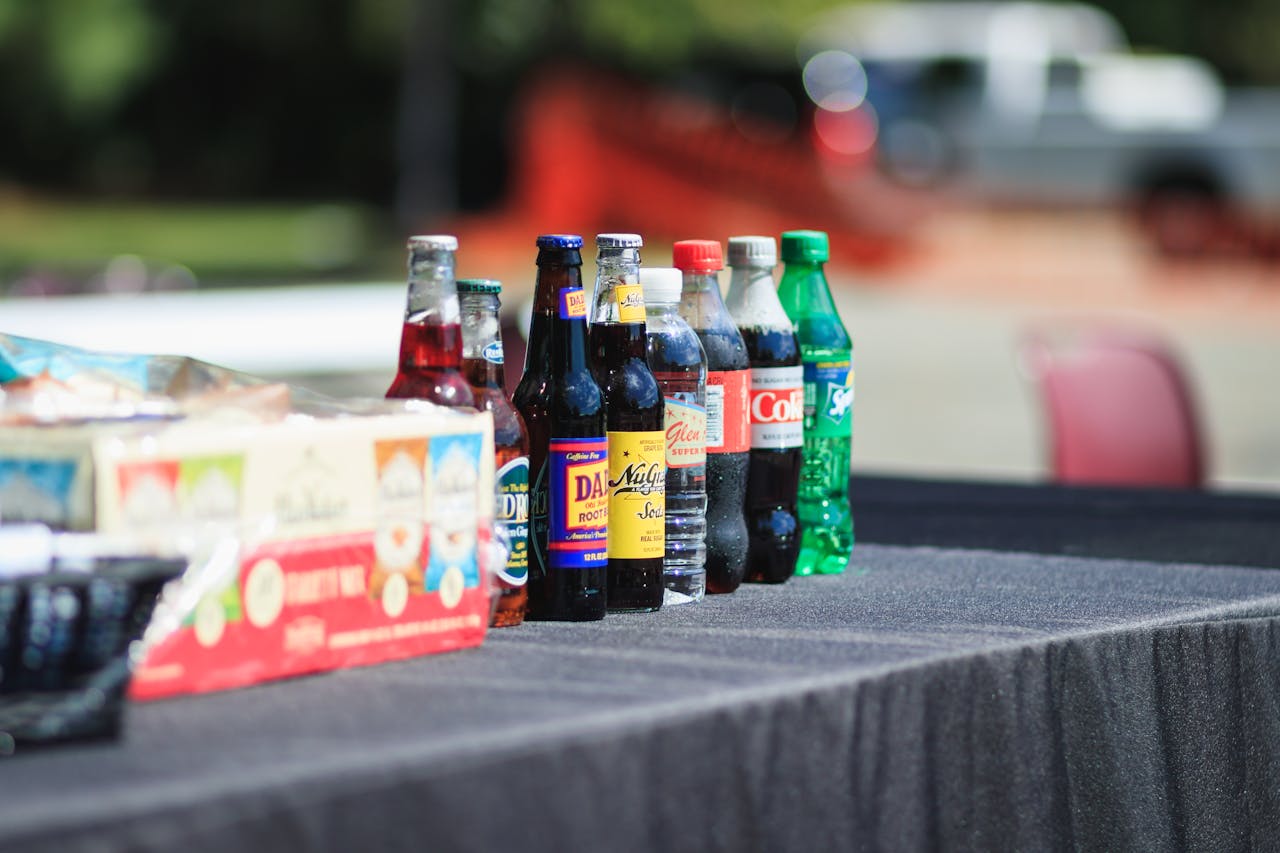
Classic root beer once leaned on sassafras oil rich in safrole, a compound later tied to cancer in animal studies. By 1960, the FDA banned safrole as a flavor additive, and soda makers rebuilt their brands with artificial flavors or safrole-free extracts that mimicked the taste. Devotees still trade stories about lost recipes and backyard brews, but the original sassafras bite now belongs mostly to memory and regulatory case files.
Ackee Fruit Treats
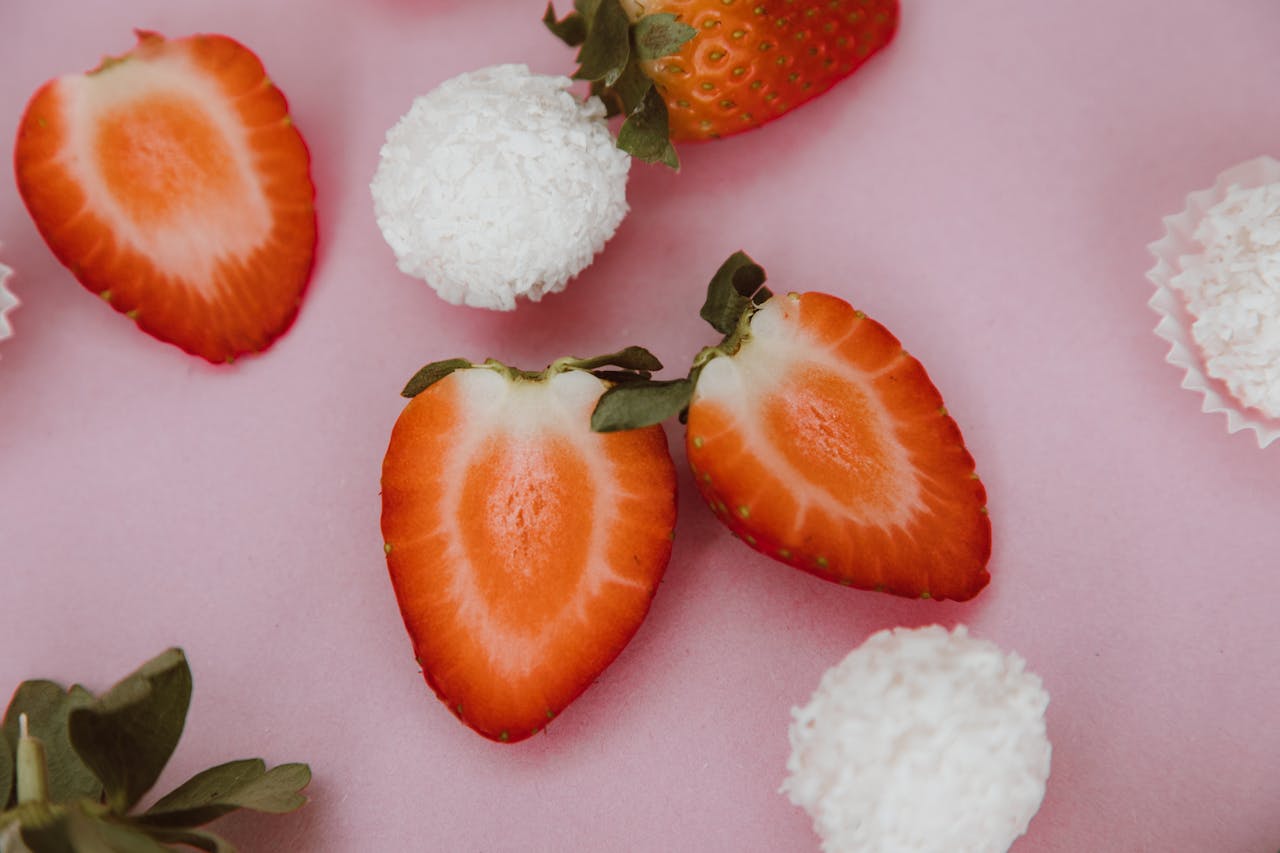
Ackee delivers a rich, savory bite in Jamaican dishes, but when unripe it carries hypoglycin A, a toxin that can trigger sudden, deadly drops in blood sugar. After serious poisonings, the FDA blocked most imports and later allowed only rigorously tested products below strict toxin thresholds. Canned ackee on U.S. shelves now represents both cultural continuity and heavy supervision, proof that beloved national flavors can be treated as potential biohazards abroad.
Raw-Milk Soft Cheeses Under 60 Days
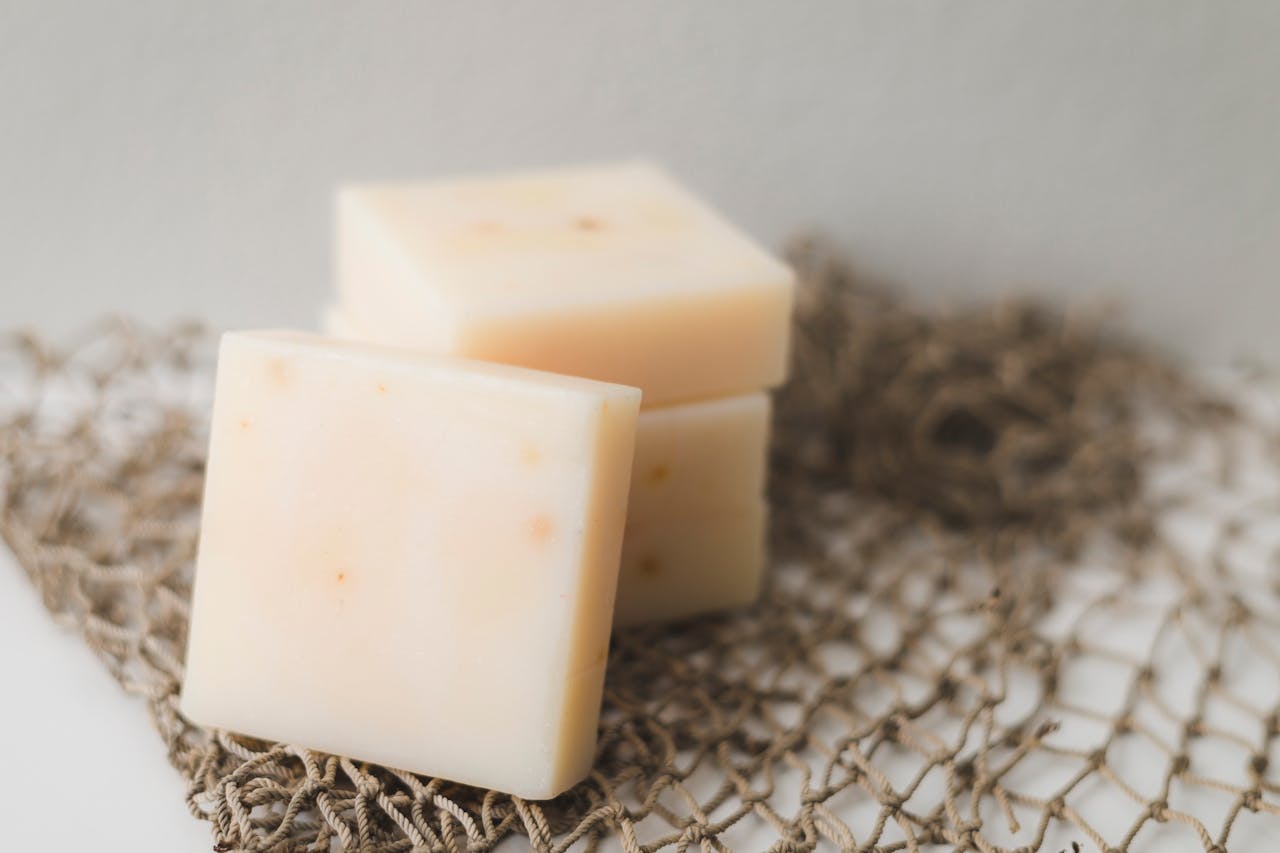
Soft cheeses made from raw milk and aged fewer than 60 days fall outside U.S. rules built to limit listeria and other pathogens. Iconic gooey wheels that define markets in Europe are effectively banned unless pasteurized or aged longer, replaced by safer but often milder substitutes. For affineurs and importers, each refused shipment underlines how blunt time-based regulations can flatten complex microbial craft into a simple no.
Flamin Hot Cheetos In School Hallways
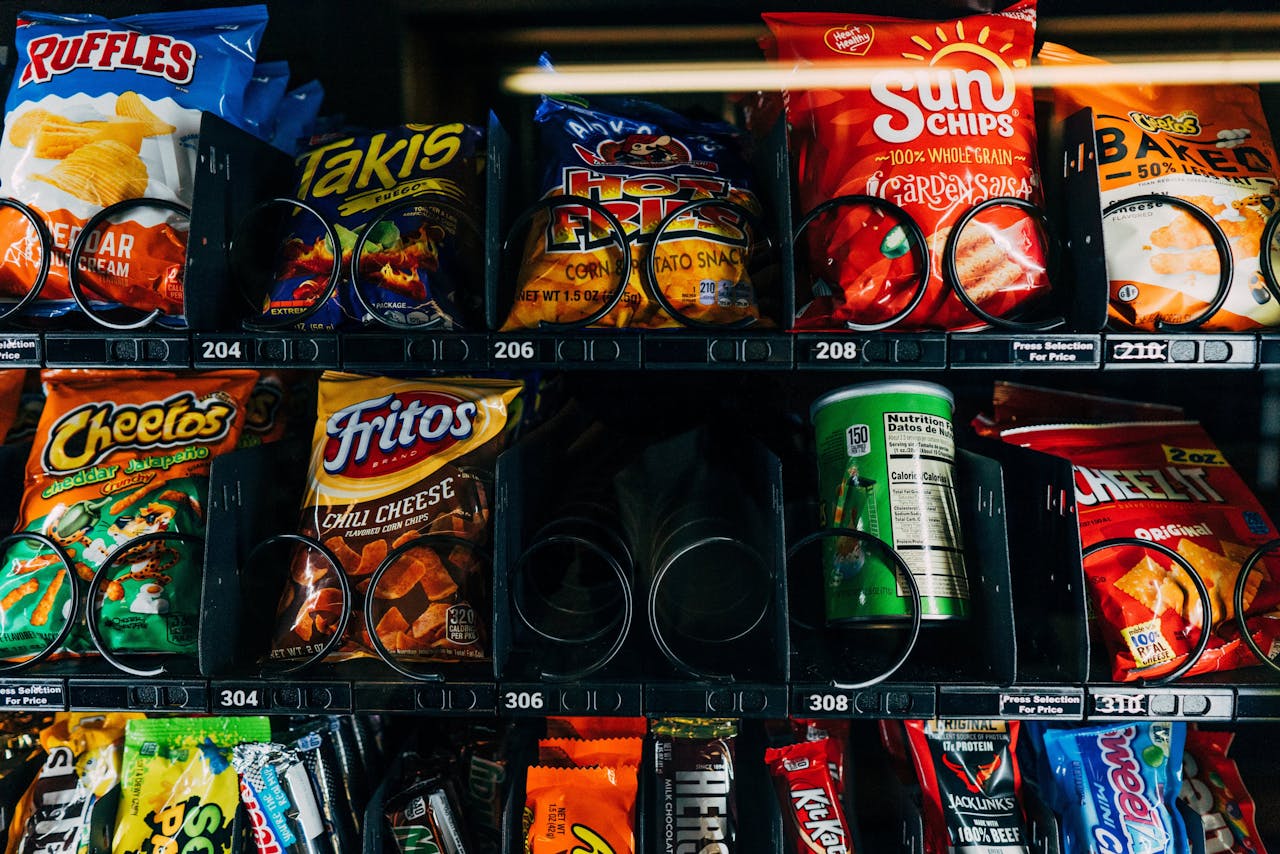
Flamin Hot Cheetos never met a nationwide ban, but school districts in states like California, New Mexico, and Illinois moved to block them from campuses. Officials cited poor nutrition, aggressive marketing, and a stream of nurse visits from kids polishing off oversized bags. The crackdowns only deepened the snack’s outlaw mystique, turning that red dust into a minor act of rebellion traded in lockers and parking lots.
Queen Conch And Abalone Bites
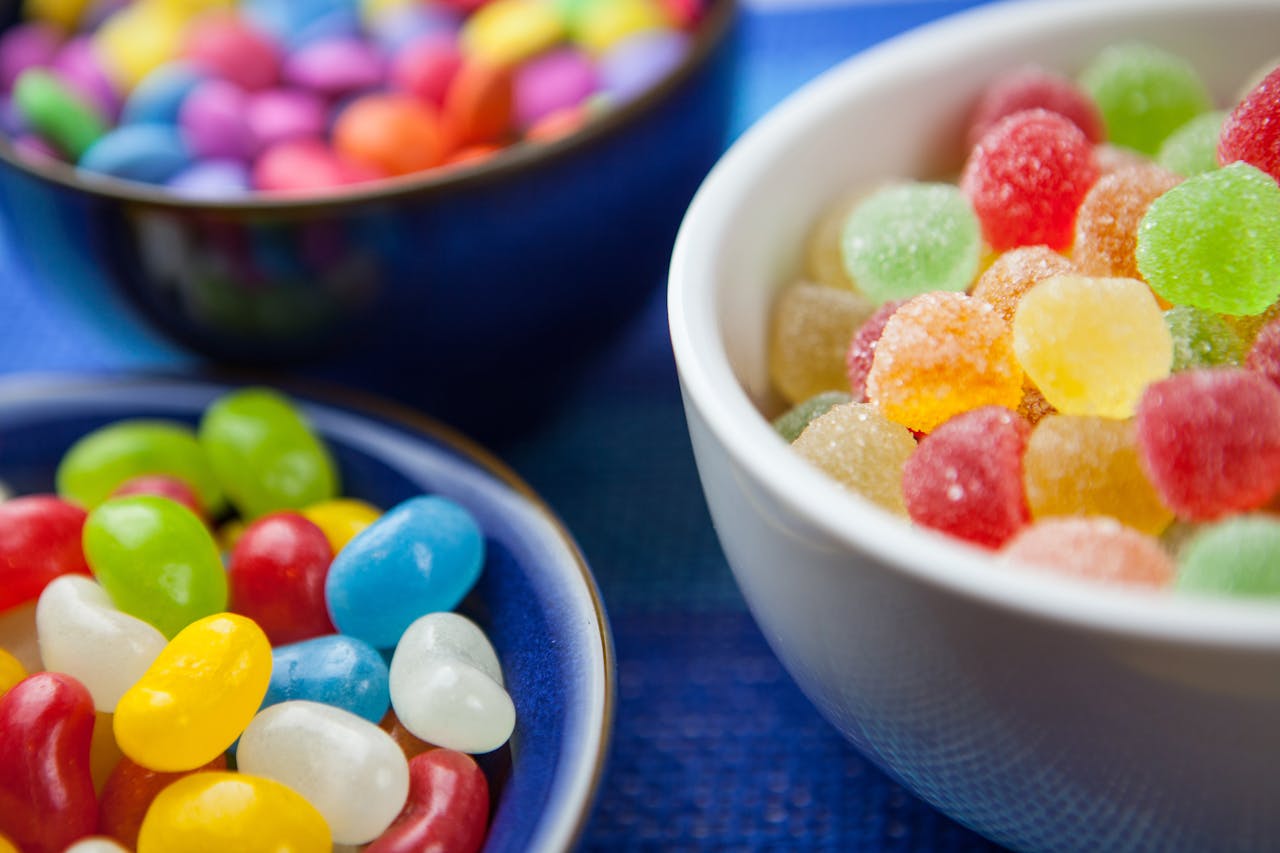
Queen conch fritters and California abalone once felt like simple coastal bar snacks until collapsing populations forced hard choices. Florida banned conch harvest in state and nearby federal waters, while California shut its prized red abalone fishery for years to let stocks recover. Strict seasons, permits, and import rules turned casual bites into conservation flashpoints, reminding diners that appetite can drain an ecosystem faster than it can heal.
